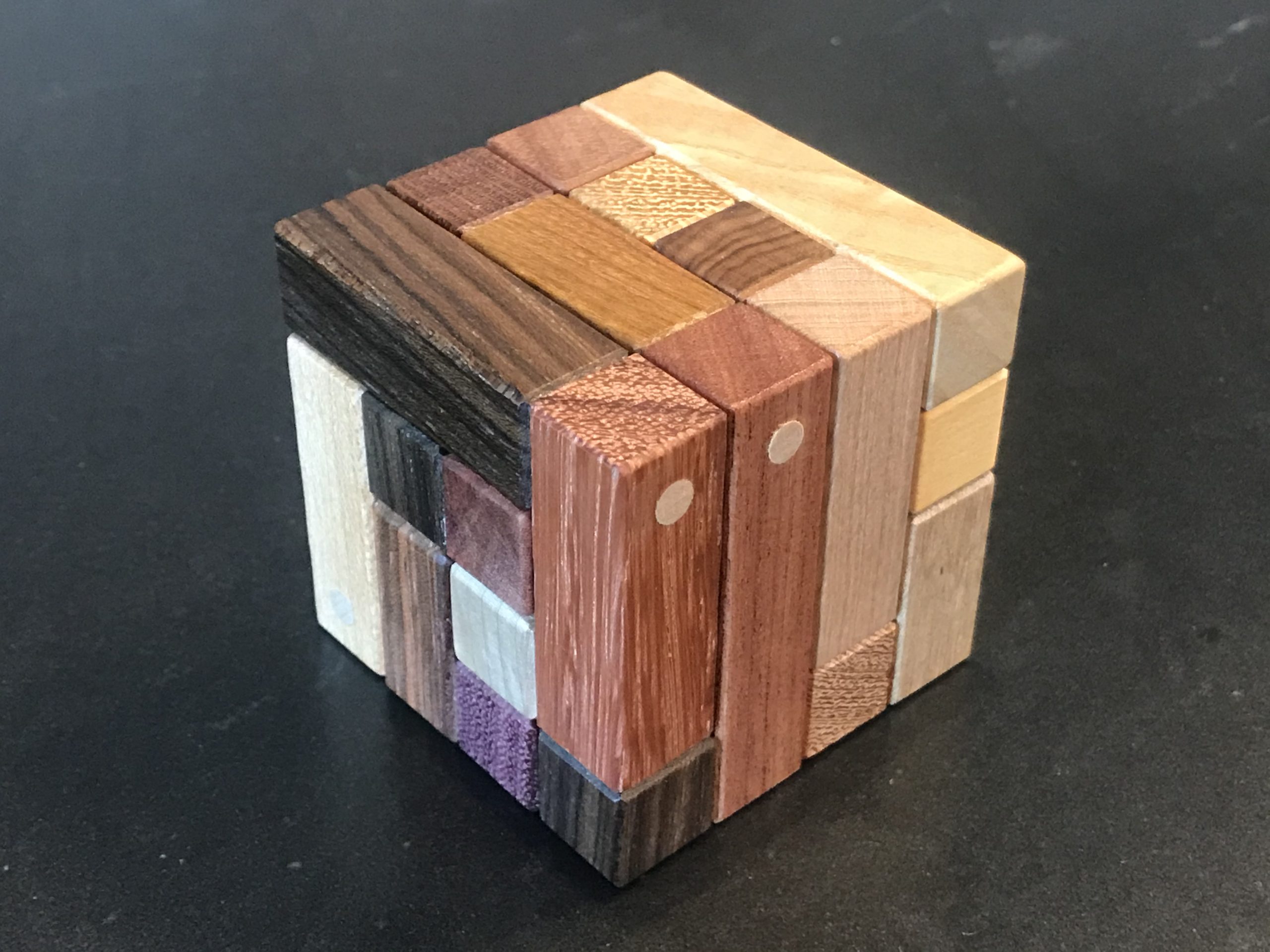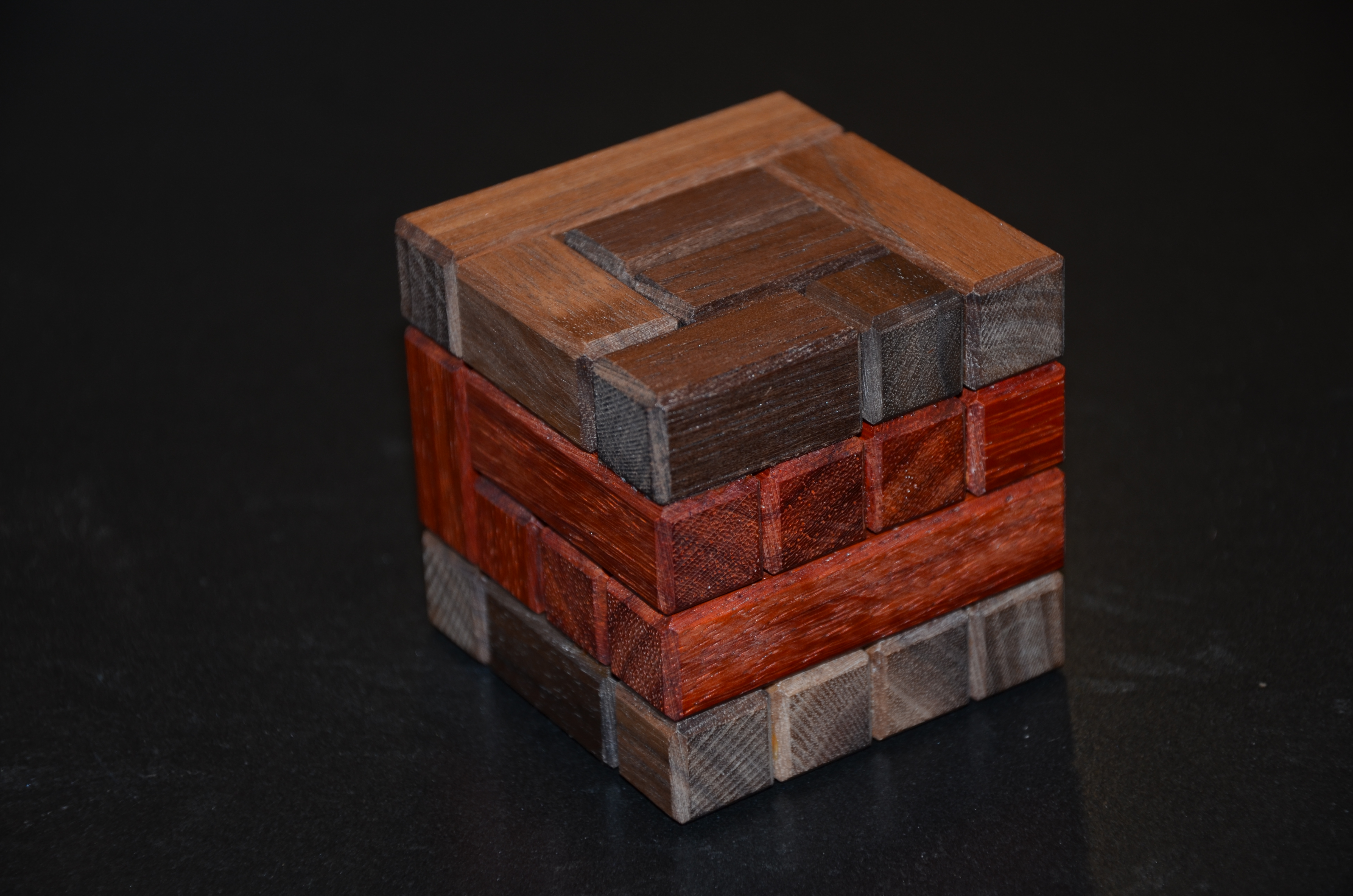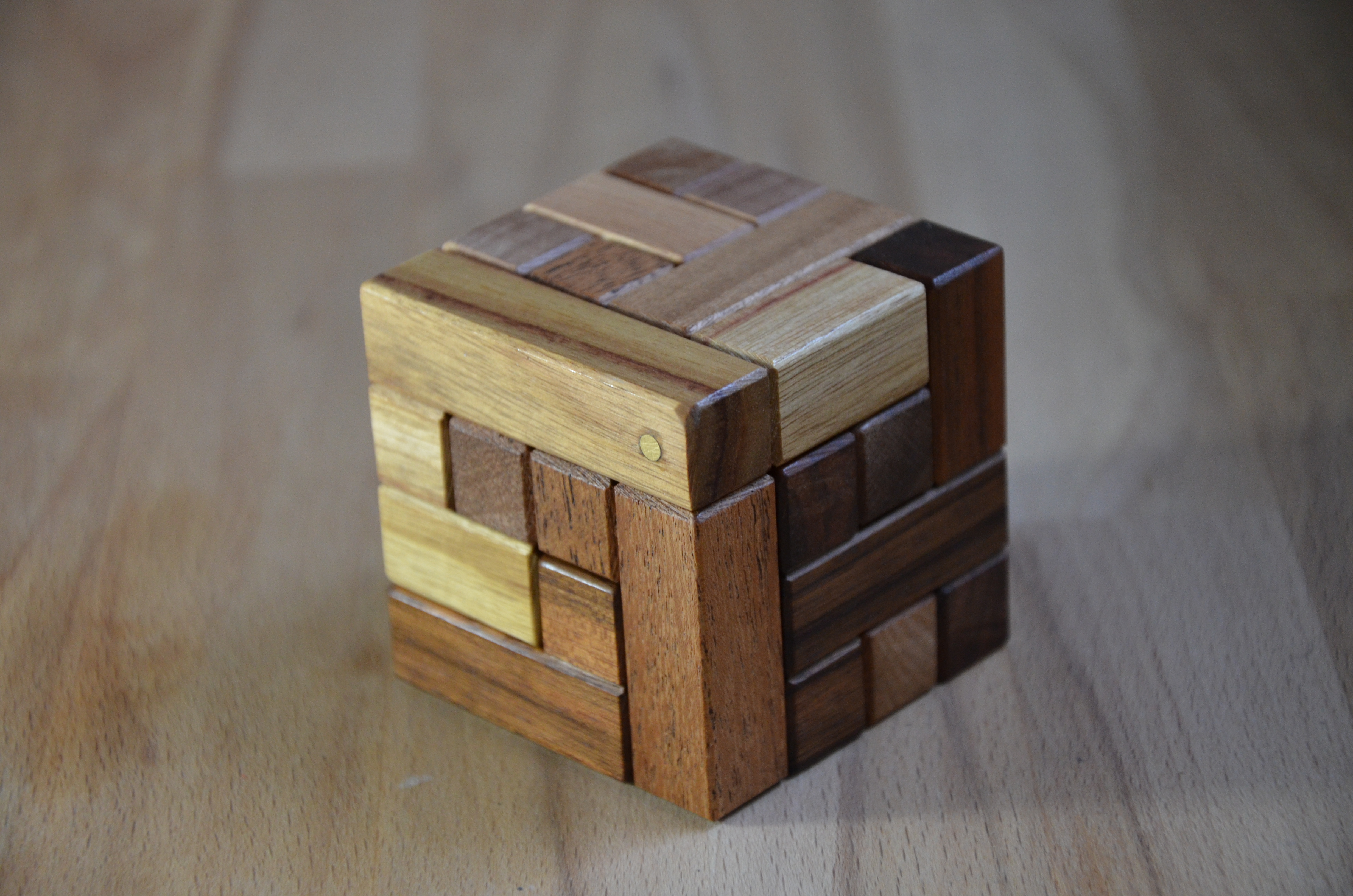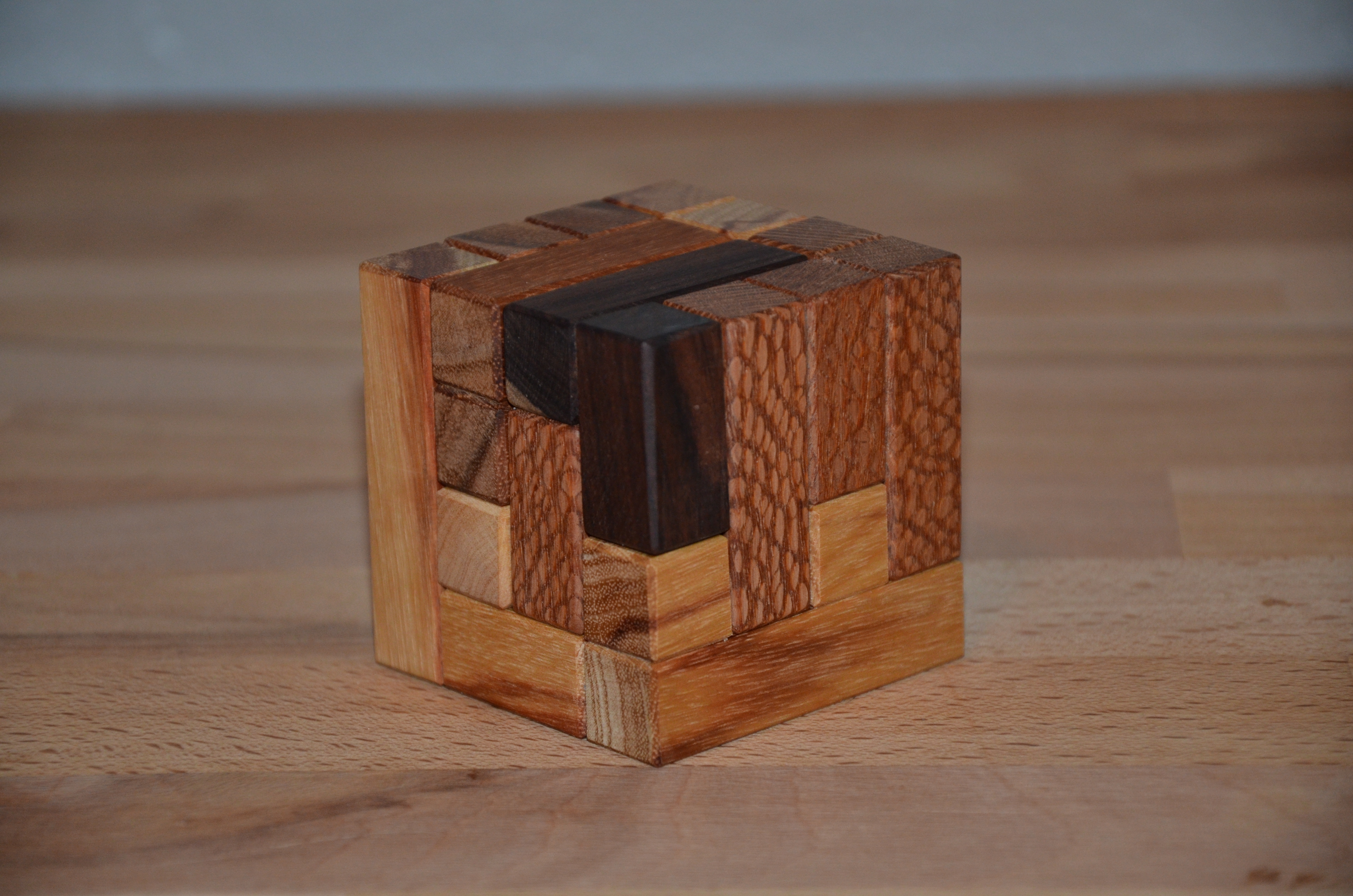TIC
-
Read More: TwisTIC – Andrew CrowellIt’s been a while since I worked a TIC puzzle and I managed to grab…
-
Read More: MysTIC – Andrew CrowellOk, today, I have MysTIC – A very interesting 4×4 cube that I am anticipating…
-
Read More: PackTIC #7 – Andrew CrowellThis week I have another TIC from Woodwonders. It’s PackTIC #7 and boy, did this…
-
Read More: FanaTIC – Andrew CrowellWow! I am sure excited for this one. I have FanaTIC designed by Andrew Crowell…
-
Read More: giganTIC – Andrew CrowellToday, I visit giganTIC designed by Andrew Crowell and wonderfully crafted by Brian Manold over…




